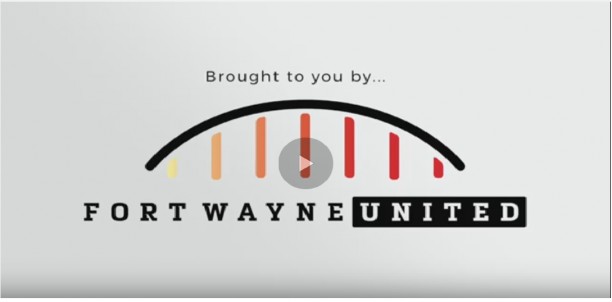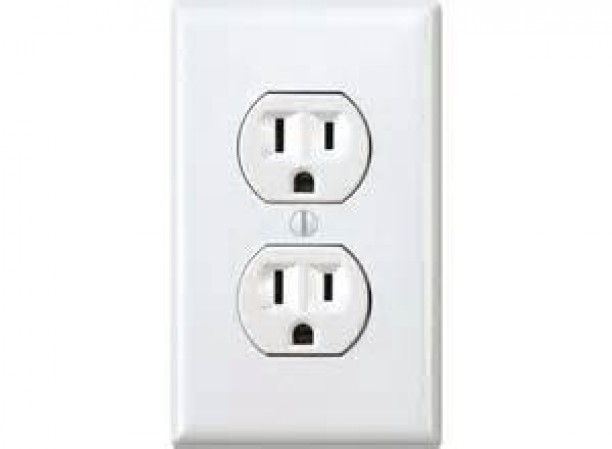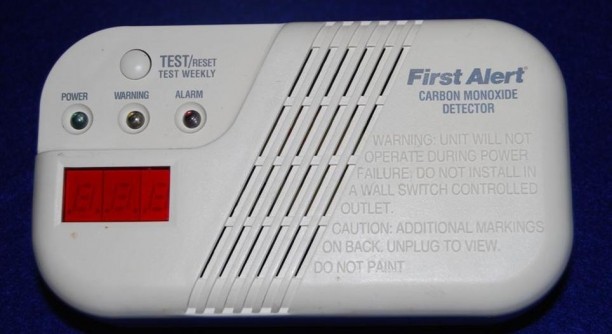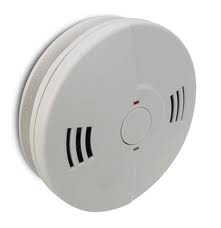Food Truck Requirements

Food Truck Requirements
The Fort Wayne Fire Department Fire Prevention Bureau is responsible for inspecting food trucks in coordination with the Allen County Board of Health. In order to sell food in Allen County this process must be completed. A FWFD Code Inspector is required to sign the Food Establishment Sign-Off Sheet form, stating an inspection has been completed and that all required standards have been met. This sign off sheet is obtained through the Allen County Board of Health Department.
The Fort Wayne Fire Department will inspect for the following items on ALL food Trucks:
-
A mounted ABC Fire Extinguisher, 10 lb.
-
New within the last 12 months, or tagged by a licensed Fire Protection Company within the last 12 months.
-
NO use of extension cords or other electrical hazards.
If the intention of the Food Truck is to cook food inside, the Fort Wayne Fire Department will inspect for the following additional equipment:
-
Type I Hood and Automatic Suppression System
-
Must be tagged by a licensed Fire Protection Company within the last 12 months.
-
Hood shall be cleaned according to professional standards.
-
Mounted Class K Fire Extinguisher, 6 liter
-
New within the last 12 months, or tagged by a licensed Fire Protection Company within the last 12 months.
-
Once the food truck is ready for an inspection, 311 MUST BE CONTACTED. If the Fort Wayne Fire Department is contacted directly, the caller will be redirected to 311 to request an inspection. 311 will then give you a submission number, not to be confused with a confirmation number. Within 3 business days, a FWFD Inspector will make contact utilizing the phone number provided to 311. The Inspector will not sign the Board of Health Form until ALL requirements have been met per the codes adopted under the local authority having jurisdiction. FWFD has the authority to impose a charge for inspection requests for Food Trucks.
The codes referenced above:
City Code 94.19
Portable Fire extinguisher shall be installed and maintained in all occupancies, except one and two family dwellings, as set forth in the IFC latest edition NFPA 10
City Code 94.22
- (A) A Type I Hood shall be installed at or above all commercial food heat processing appliances that produce grease vapors in a mobile food unit as defined by the Allen County Board of Health.
- (B) The Fort Wayne Fire Department shall be charged with the duty of enforcing this section.
IFC 904.11.5 Portable Fire extinguisher for commercial cooking equipment
Cooking equipment involving solid fuels or vegetable or animal oils and fats shall be protected by a Class K rated portable extinguisher.
IFC 904.2.1
All type I hoods shall be protected with an approved automatic Fire Extinguishing System.
Please note: All violations and visits are subject to Fees and/or Fines as set forth by the Authority Having Jurisdiction and City Code 94.30








